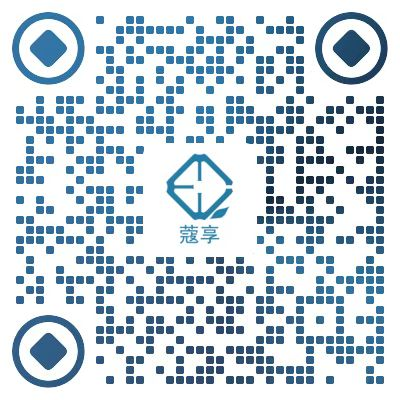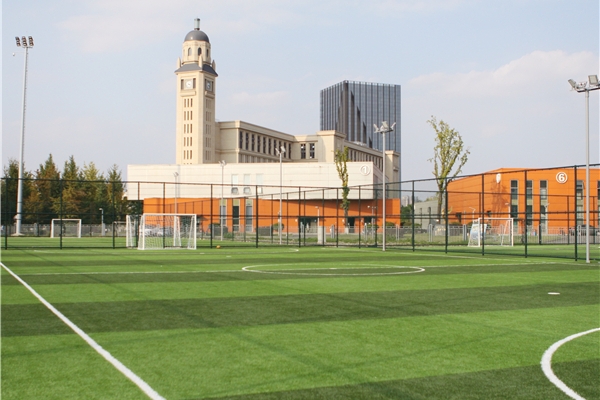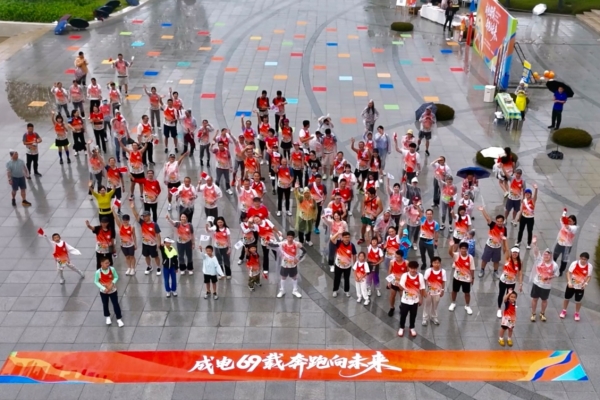即可将网页分享至朋友圈
人力资源部教师发展中心“学者论坛”活动特别邀请香港城市大学支春义教授作线上学术交流,具体安排如下,欢迎广大师生参加。
一、主 题:Zinc ion batteries for safe energy storage
二、主讲人: 香港城市大学 支春义 教授
三、时 间:2022年3月14日(周一)15:00-16:00
四、参会方式:蔻享学术直播 直播链接:https://www.koushare.com/lives/room/534195

五、内容简介:
Development of energy storage system in the past year focus on improvement of energy density. While the progress is remarkable, safety problems of lithium ion batteries (LIB) have been intensively exposed. On one hand, LIB is not intrinsically safe with very active anode, flammable electrolyte and oxygen-releasing cathode; on the other hand, many application scenarios actually don’t require very high energy density.
We work on aqueous electrolyte batteries to achieve both high energy density and superior safety performance. Although a large number of intercalation cathode materials for aqueous Zn batteries have been reported, limited intercalation capacity precludes achieving a higher energy density. Here we develop a high-performance aqueous Zn battery based on BiSb alloy (Bi0.5Sb0.5) using a high-concentrated strong-basic polyelectrolyte. The BiSb cathode delivers large capacity of 512 mAh g-1 at 0.3 Ag-1 and superior rate capability of 90 mAh g-1 even at 20 Ag-1, and long-term cyclability with capacity retentions of 184 mAh g-1 after 600 cycles at 0.5 Ag-1 and 130 mAh g-1 after 1300 cycles at 1 Ag-1. Remarkably, even at temperatures as low as -10 and -20 °C, capacities of 210 and 197 mAh g–1 are reserved at 1 Ag-1, respectively. Moreover, the prepared pouch Zn//BiSb battery delivers a high energy density of 348 Wh kg-1BiSb at 0.3 Ag-1. In addition, we also develop various approaches to stabilize the Zn anode. We accurately quantifying the hydrogen evolution in Zn metal battery by in-situ battery-gas chromatography-mass analysis. Then, we propose an vapor-solid method for an highly electronically insulating (0.11 mS×cm-1) but high Zn2+ ion conductive (80.2 mS×cm-1) ZnF2 solid ion conductor with high Zn2+ transfer number (0.65) to isolate Zn metal from liquid electrolyte, which can not only prohibit over 99.2 % parasitic hydrogen evolution reaction during cycling but also guide uniform Zn electrodeposition. Meanwhile, Zn@ZnF2//Zn@ZnF2 symmetric cell exhibits excellent stability over 2500 h (over 6250 cycles) with 1 mAh×cm-2 of Zn reversibly cycled at 5 mA×cm-2, and stable cycling under ultrahigh current density and areal capacity (10 mA×cm-2, 10 mAh×cm-2) over 590 h (285 cycles), which far outperforms all reported Zn metal anode in aqueous system. In light of the superior Zn@ZnF2 anode, the practical-level aqueous Zn@ZnF2//MnO2 batteries (~3.2 mAh×cm-2) shows remarkable cycling stability over 1000 cycles with 93.63 % capacity retained at ~100 % coulombic efficiency.
六、主讲人简介:
支春义,香港城市大学材料科学与工程系教授,香港青年科学院青年院士,Clarivate Analytics全球高被引科学家(2019-2021材料科学),研究方向为可穿戴柔性电存储器件、锌离子电池、水系储能电池等,已发表有关SCI论文超过420篇,他引超过39000次,H因子为105,专利授权80项,编辑著作两本,是Nano Research Energy创刊主编,Materials Research Letters和Materials Future副主编,获得香港城市大学校长奖,青年杰出研究奖,NML研究者奖,北京市自然科学一等奖等奖项。
七、主办单位:人力资源部教师发展中心
承办单位:材料与能源学院
人力资源部教师发展中心
2022年3月9日
编辑:林坤 / 审核:林坤 / 发布:陈伟


